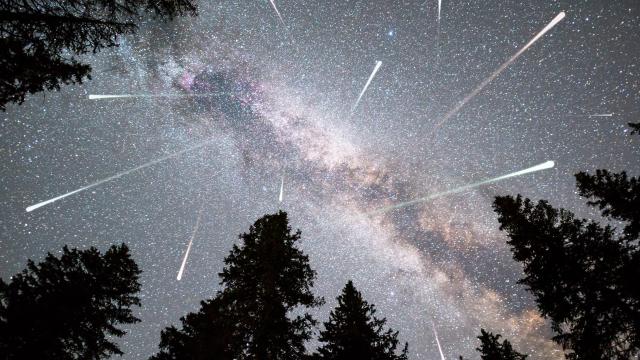The annual Perseid Meteor Shower is peaking this week, so now is the time to plan your escape to a dark spot under open sky.
The highly-anticipated Perseids are visible when the Earth passes through debris left behind by Comet Swift-Tuttle. The 2020 shower began on July 15 and will last until August 25, but the ideal viewing dates are August 12-14 with a peak on August 12 (according to NASA).
For best viewing results, head out to an open area with minimal light pollution. The meteors are best viewed after midnight but before moonrise, so in the northern hemisphere you’ll want to be set up by late evening.
Editor’s Note:Â Unfortunately, Australian readers likely won’t be able to catch a real-life glimpse of this phenomenon. You’ll still be able to watch all the action online.
Plan to stay out for at least an hour if you’re able to catch the shower, as it takes your eyes some time to adjust to the darkness. Take a blanket or reclining chair, lay on your back out of any direct moonlight and watch the darkest part of the sky.
Keep in mind that the moon may affect your view just slightly, though not as much as in past years. You can still expect to see 40-50 meteors per hour, according to EarthSky.
If you can’t actually get outside to watch the shower, join the Virtual Telescope Project’s free live stream, complete with commentary from astrophysicists, starting at 8 a.m. AEST on August 12.

Comments